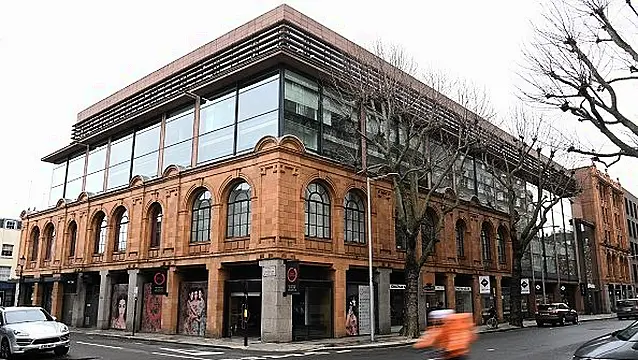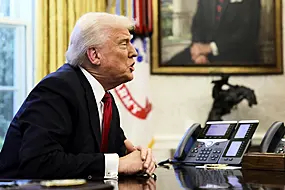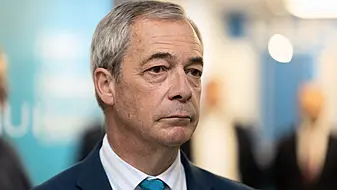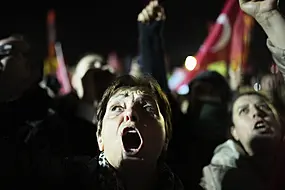The Vatican has completed the sale of the luxury London building at the centre of an ongoing corruption trial, taking an estimated hit of about €140 million.
The building was sold for £186 million (€215 million) to Bain Capital, a Boston-based private investment firm, a Vatican statement said.
Friday's statement did not give a definitive figure for the loss but a person familiar with the various transactions over the years said it amounted to slightly more than €140 million.
Losses were covered by Vatican reserve funds, the statement said, stressing that donations from the faithful in a papal fund known as Peter's Pence had not been used.
The sale of the building on Sloane Avenue in Chelsea marks a turning point in a sordid chapter in the Vatican's investment strategies.

A trial of 10 people, including a cardinal, reaches its first anniversary later this month and looks set to drag on for at least another year. All the defendants have denied wrongdoing.
The real estate venture at its centre began in 2014, when the Vatican's Secretariat of State invested €350 million with Italian broker Raffaele Mincione.
In 2018, the Vatican felt it was being fleeced by Mincione, according to the indictment document, and turned to another Italian broker, Gianluigi Torzi, to get out of the first deal.
But Vatican prosecutors accuse Torzi of duping the Vatican and trying to take control of the building by assigning himself the voting shares. The Vatican then gave Torzi €15 million to get out of the deal with him.
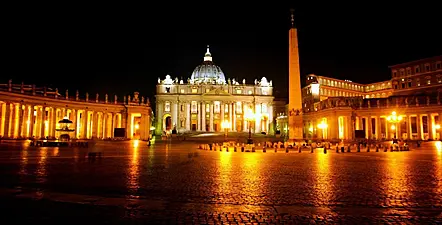
As a result of the botched and embarrassing deal, Pope Francis stripped the Secretariat of State of control over its own investment funds.
He also instituted a committee to oversee the ethics of its investments.
The committee, which came into effect with the Vatican's new constitution earlier this month, is headed by an Irish-American cardinal but includes four outside lay financial experts from Britain, Germany, Norway and the United States.
Earlier this month, in an apparent effort to boost the confidence of the faithful in how their charitable contributions to the pope are used, issued the first detailed disclosure of Peter's Pence.
